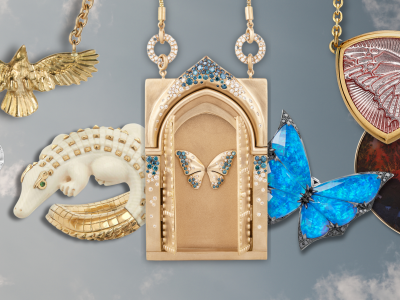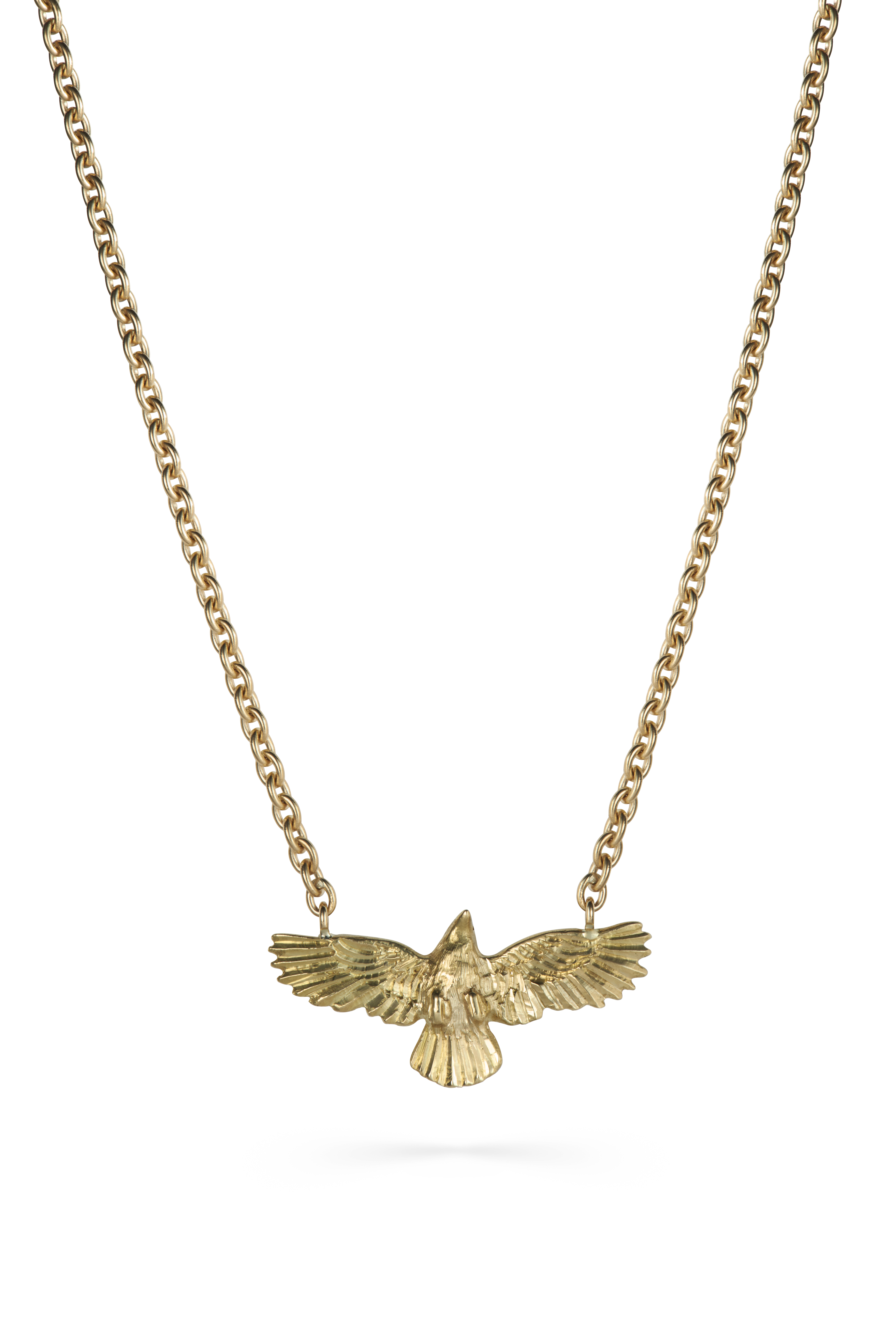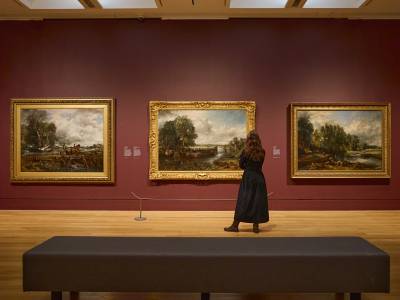Not every culture views certain animals as Westerners do. Europeans may recoil from rats, but for the Chinese, they are sociable, chatty and hard-working and one of the pillars of their 12-year calendar cycle. Similarly, snakes get a bad rap for their venomous, sometimes fatal, bites, yet in some cultures they symbolise health and eternal life, and China sees them as mysterious and self-contained but also wise, determined and caring. For 2025, it’s the Year of the Snake and, as China is still a major luxury goods market, the jewellery industry now has gold snake fever, putting focus on the growth of talismanic jewellery at a time of global uncertainty.
Unlocking Good Fortune: Talismans Take Over High Jewellery
6th June 2025
Across the globe and through time, talismans have gained important cultural significance, and now those good luck symbols — from snakes to ravens — are finding a loftier expression in high jewellery collections.
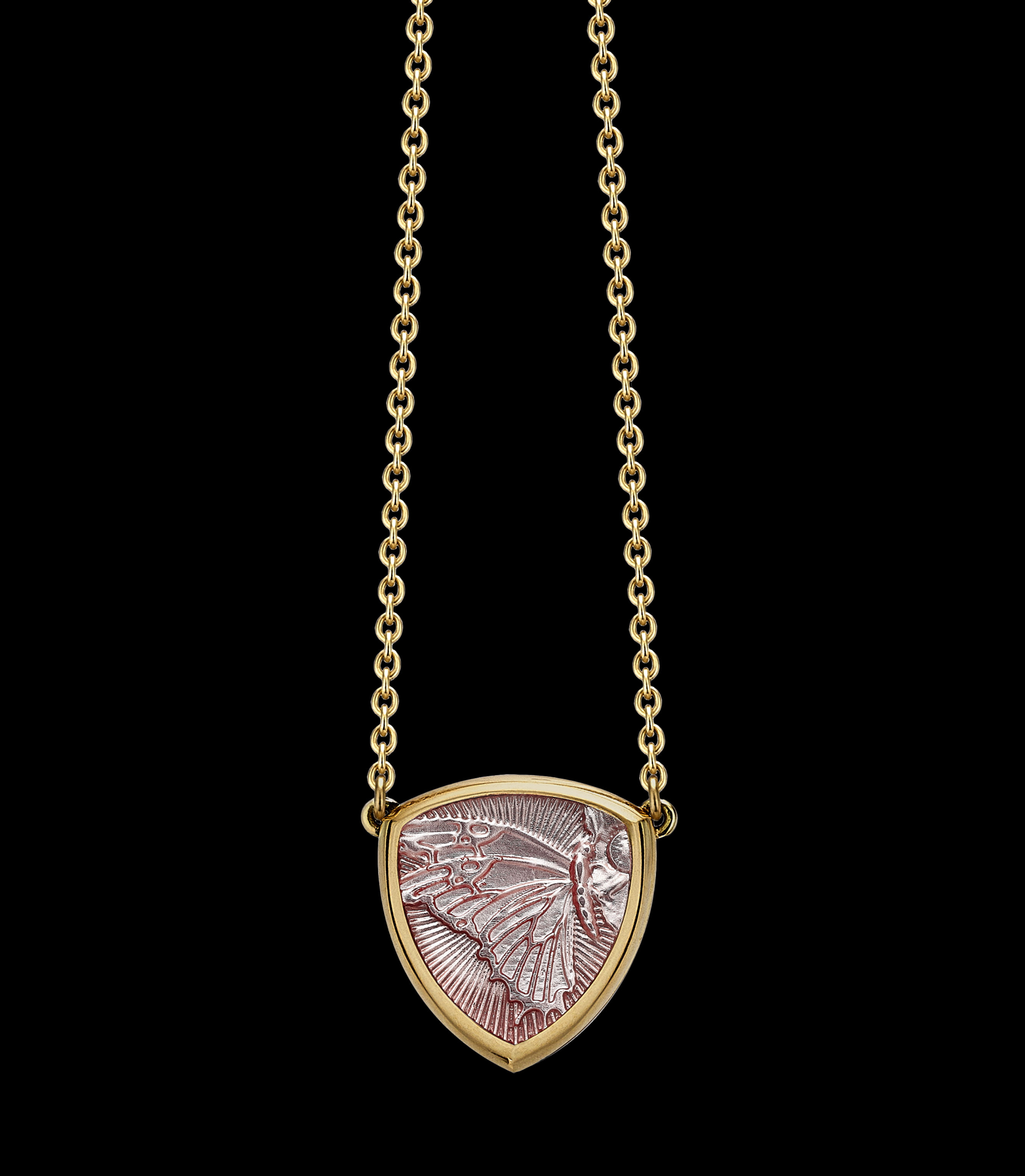
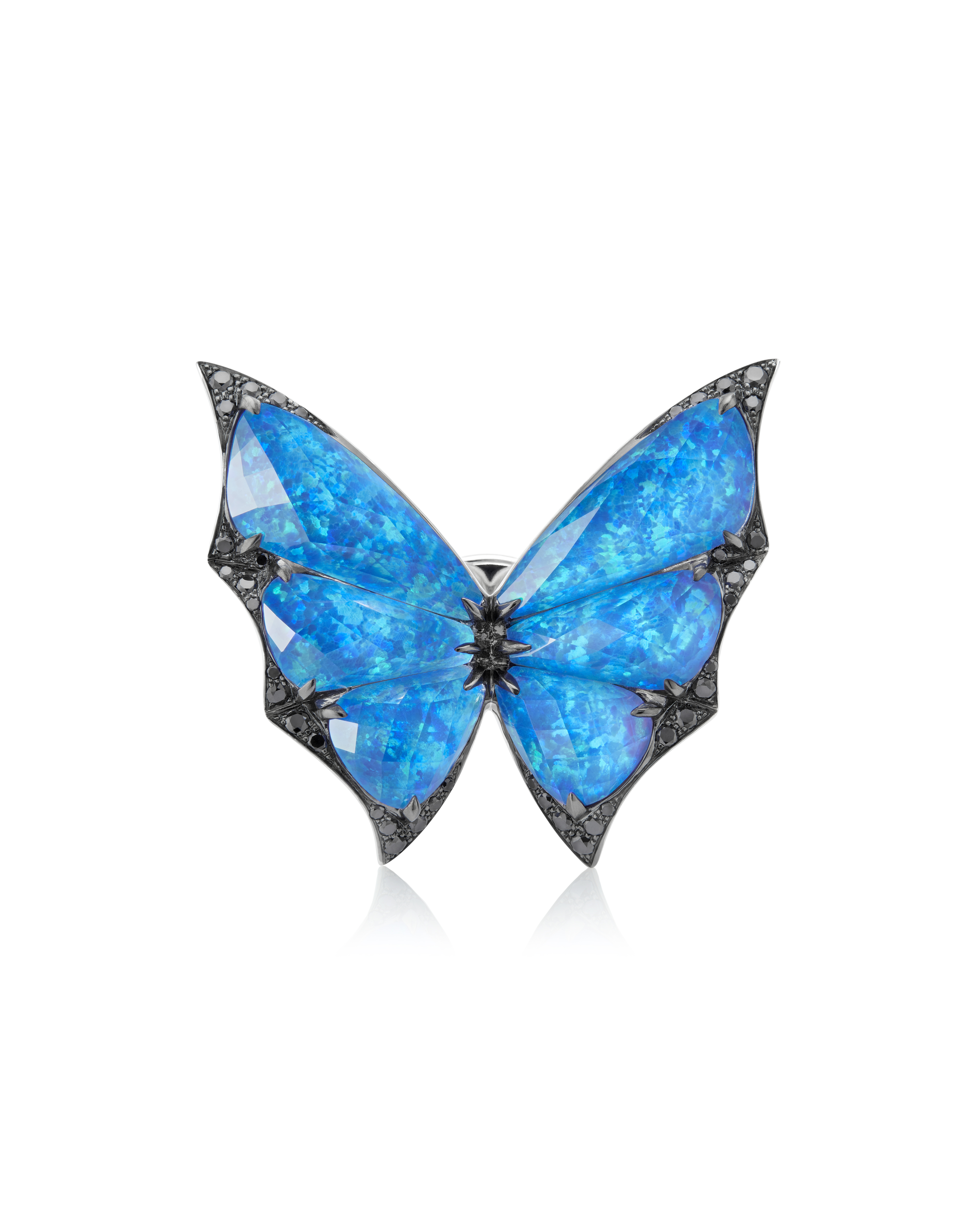
Wearing a precious good luck charm is as old as civilisation, long derided by sophisticates as an outdated superstition yet still one from which individuals take comfort. Talismans today function at several levels, from status-signalling to the deeply personal. For big luxury brands, they link to the House’s heritage, reinventing symbols dear to the founder but now identifiers of the brand itself, more subtle than a logo but a clear signal of the “if you know, you know” variety. Many are animals — no surprise, considering how many similes compare animal and human traits. Bulgari wins twice over. The Serpenti has been its talisman since 1948 when the Greek-founded house referenced ancient Greek and Roman belief in the snake’s shedding skin as a symbol of eternal renewal with coiling Tubogas bracelets and collars.
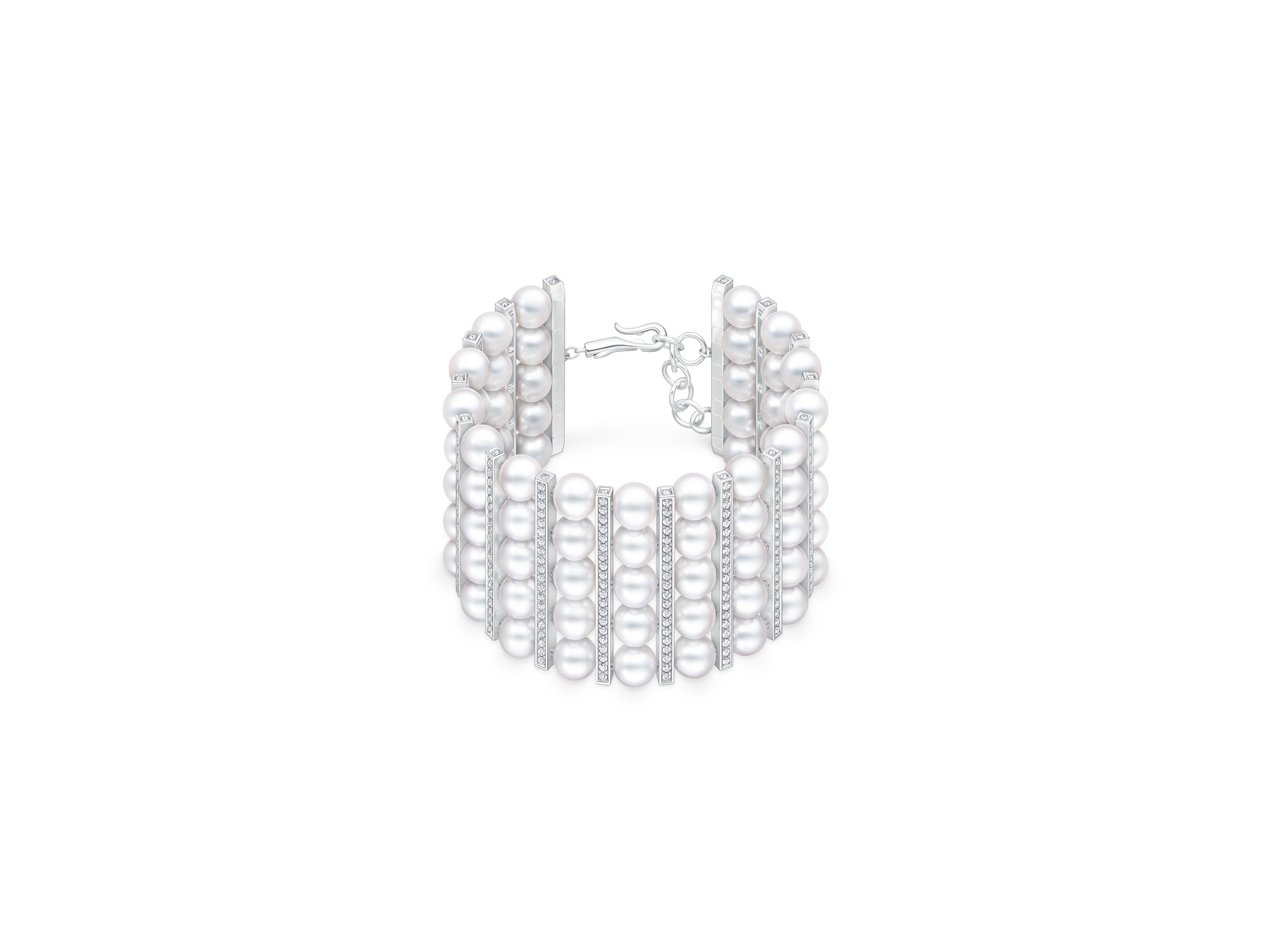
The collection then expanded in the 1960s to handcrafted, enamelled scales and coloured gemstones, made famous by Elizabeth Taylor as Cleopatra. This bestseller is reborn for 2025 as exquisite, Oriental-inspired high jewellery and the new, modern Serpenti Viper fine jewellery collection in slinky, articulated, abstract form trimmed with diamond pavé. Chaumet’s bee, a jewellery favourite now that the insect’s environmental significance is known, goes back to Napoleon’s court jeweller, Marie-Étienne Nitot, Chaumet’s forerunner.
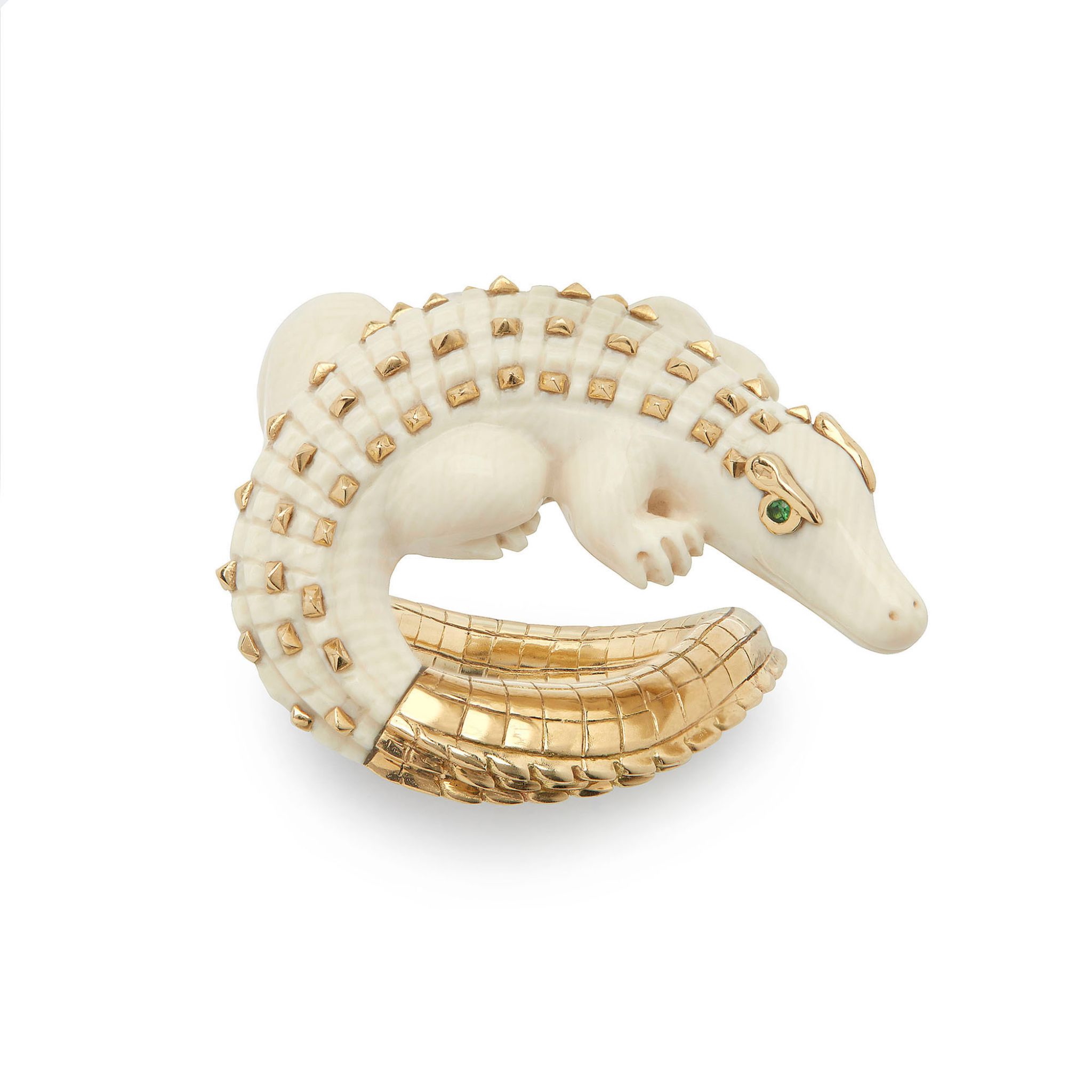

The 2011 Bee My Love motif with its gemstone body and diamond wings is still used on pendants, earrings and rings, but new pieces morph into the hexagonal honeycomb, used from single-line rings to large, diamond scattered earrings and a graduated diamond collar. Tiffany has taken flight with birds since French designer Jean Schlumberger created its f irst Bird on a Rock in 1965 — a tiny, gem-set, sculpted creature atop a much larger, unique stone in the brand’s tradition of expert gemmology, now with the new Owl on a Rock, each one-off and different species. But the best-known house symbol is Cartier’s panther, marketed through jewellery, watches and even perfume bottles, interpreted as big cats from leopards to tigers and chosen in honour of the brand’s visionary 1930s design director Jeanne Toussaint, nicknamed La Panthère.
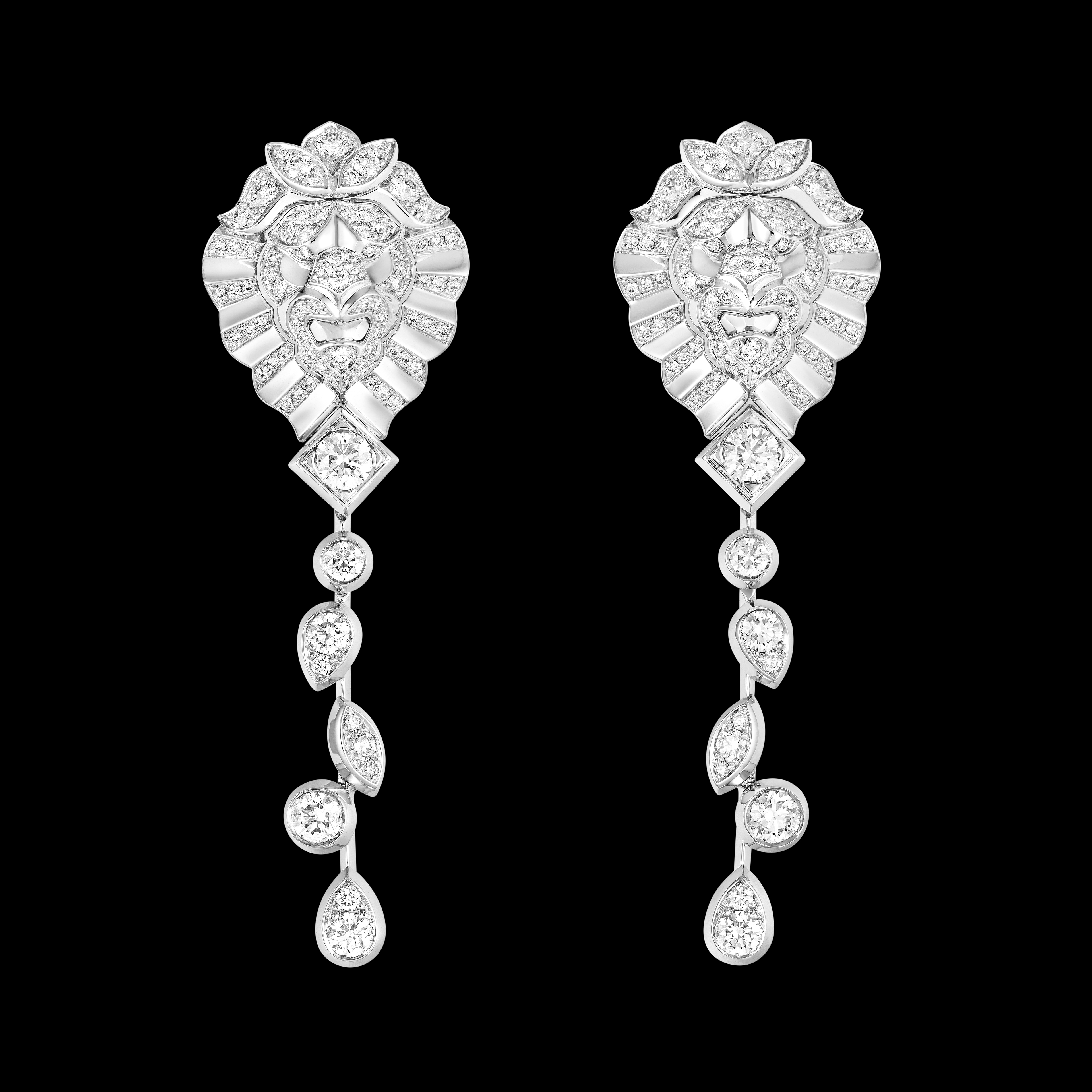
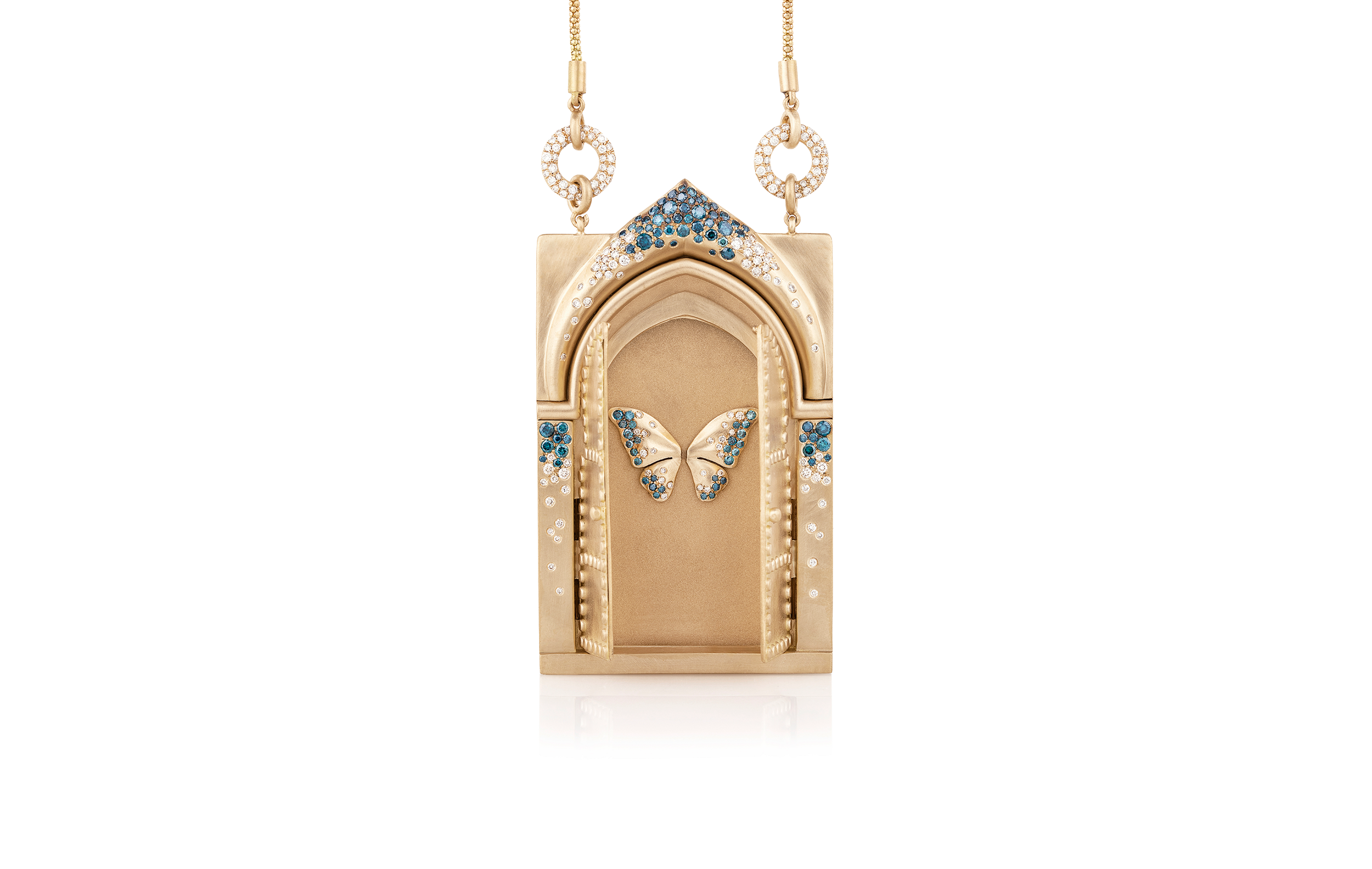
Variants in the panther bestiary run from finely sculpted poses, from leaping to sleeping, surrounded by high jewellery gems, or worked in enamel, marquetry or engraving on the dial of a watch, to the abstract suggestion of spots in diamonds and hard stone, or traced on simple gold in the newest version of the bestselling Trinity range, yet their potential still seems limitless. Toussaint was a close confidante of Louis Cartier, and her talisman was very personal to the House, something even more the case for individual designers whose symbols must speak to the client without the benefit of global advertising campaigns. The panther’s glamorous whiff of danger can extend to less lovable creatures — for Dutch jeweller Bibi van der Velden, the alligator “is a symbol of strength, agility and perseverance, a fearless prehistoric animal with a perpetual will to live” and is depicted in striking articulated versions as earrings and bracelets, carved in mammoth tusk, gold or ebony and set with bright gems.
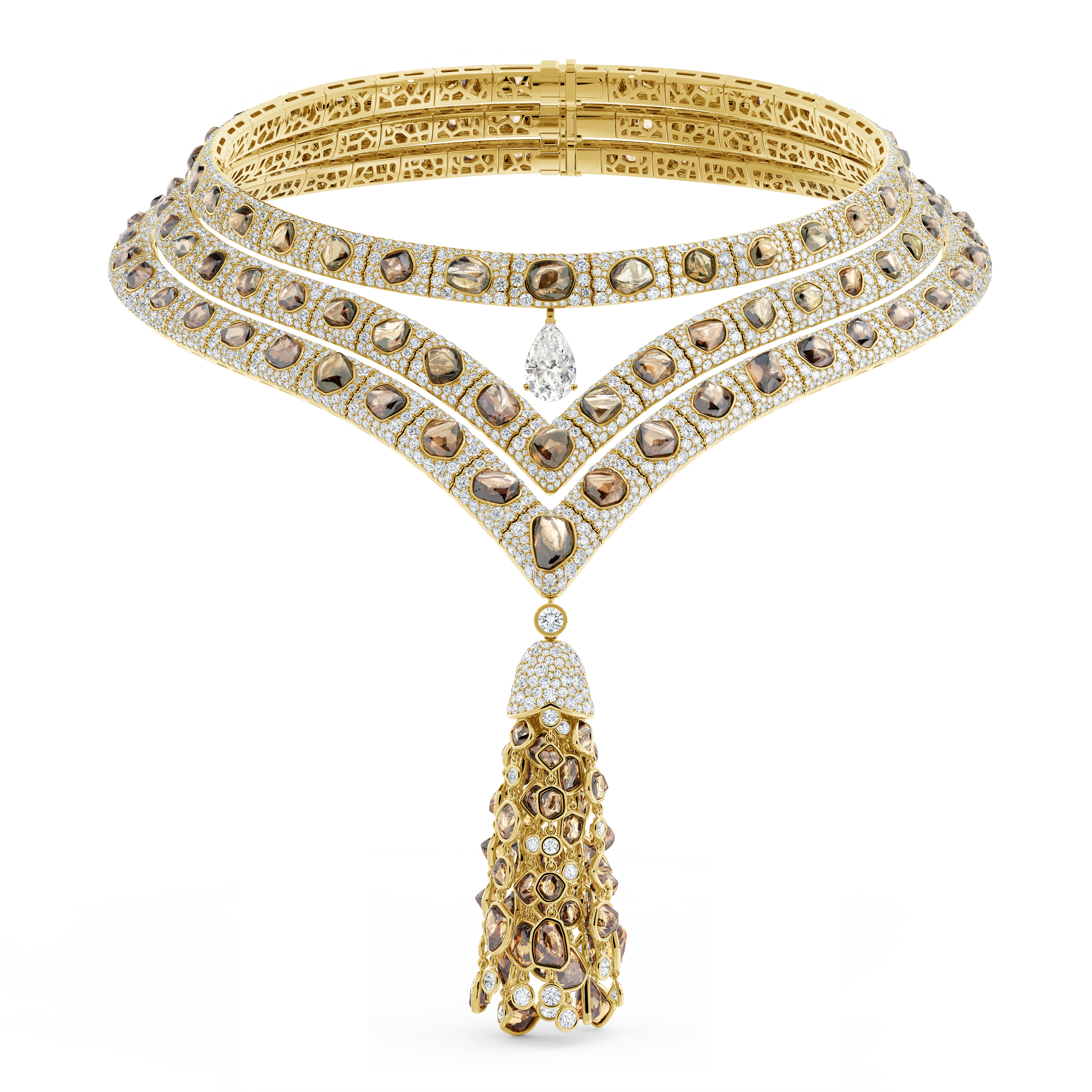
A poignant example is Shaun Leane’s Signum, a range of engraved animals on shield-shaped, customised signet rings or pendants — clients choose from a selection of animals and shades of translucent enamel. Leane, who has since left the business, developed it after hand-feeding a family of urban foxes and becoming enthralled by the kindred spirit animals in the culture of his ancestors’ remote region of Southern Ireland. Not all are as expected. The fox signifies wisdom rather than cunning, the hare intuition and the bee devotion. Also steeped in myth is designer Natasha Wightman of NVW, whose Yorkshire moorland home is visited by ravens, long-lived birds woven into culture from the Tower of London to Game of Thrones. Studying their f light and habits, Wightman sketches them in motion, and talented craftspeople carve them in jet or boxwood, set with gold and diamonds. Beautiful creatures can acquire darker overtones in jewellers’ hands.
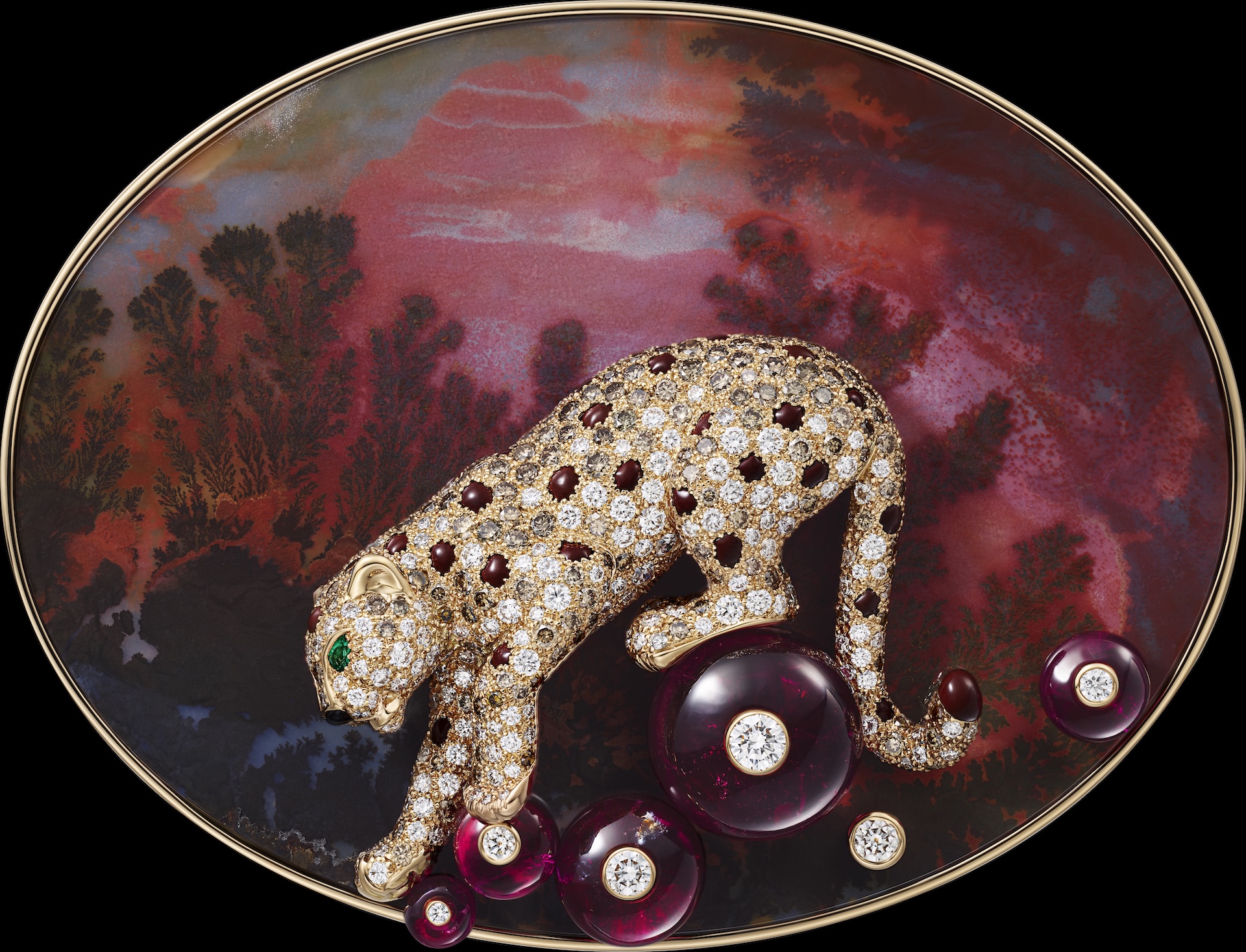
Stephen Webster, a favourite of the ‘rockocracy’, has his Fly By Night collection — a mythical moth with the webbed wings of a bat. “No one knows what it is because they’ve never seen one,” he jokes, “but it can look very different — in white mother-of-pearl or pink opal with white diamonds, it’s sweetness and light, but in black opal and black diamonds it’s a more Gothic matter.” A Crystal Haze overlayer (faceted rock crystal) magnifies the effect. Some of the 20th century’s greatest designers were deeply superstitious. Coco Chanel had a whole almanac of symbols, only one an animal — a lion (from her Leo birth sign) which, alongside four-leaf clovers, wheatsheaves (signifying prosperity in the poor region where she grew up in an orphanage) and camellias, her favourite flower, were used in prints and as accessories. Her one high jewellery collection, in 1932, was based on heavenly bodies from stars to comets, and all these symbols inspire her designer successors today.
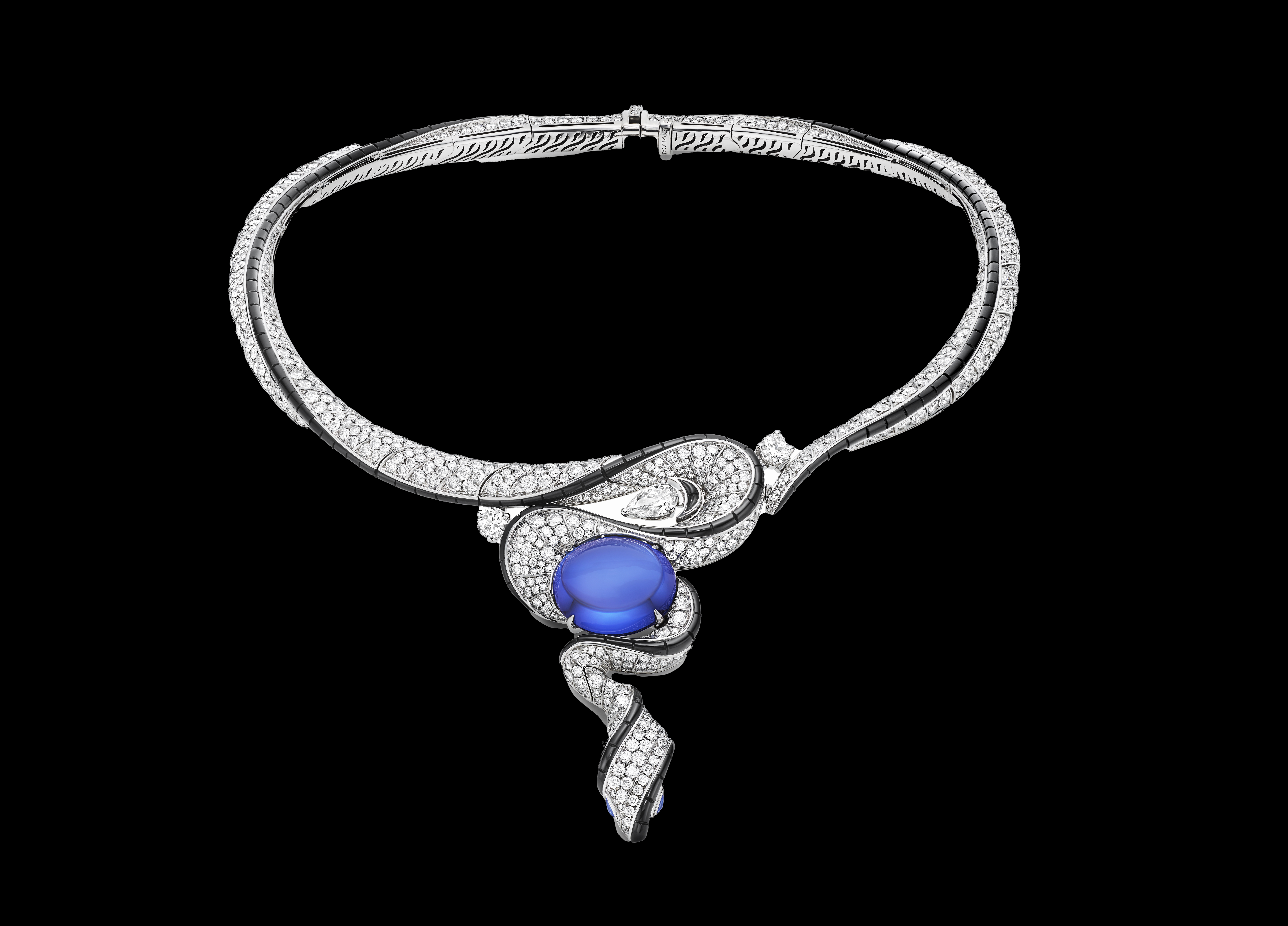
Christian Dior was equally superstitious, despite a comfortable childhood in Normandy where a tiled compass rose in the family garden inspired a lifelong interest in travel and expanding his business abroad, alongside a lucky metal star that he found on the street near his workroom just before he acquired a backer for his couture house. Both remain integral to the brand. Wearing a traditional religious symbol can be controversial in today’s polarised times. Stephen Webster says some Jewish clients will now not wear a Star of David, and the only cross in his collection is an equal-armed, goth-rock-inspired one. More general cultural symbols, especially for luck and protection, are taking over.
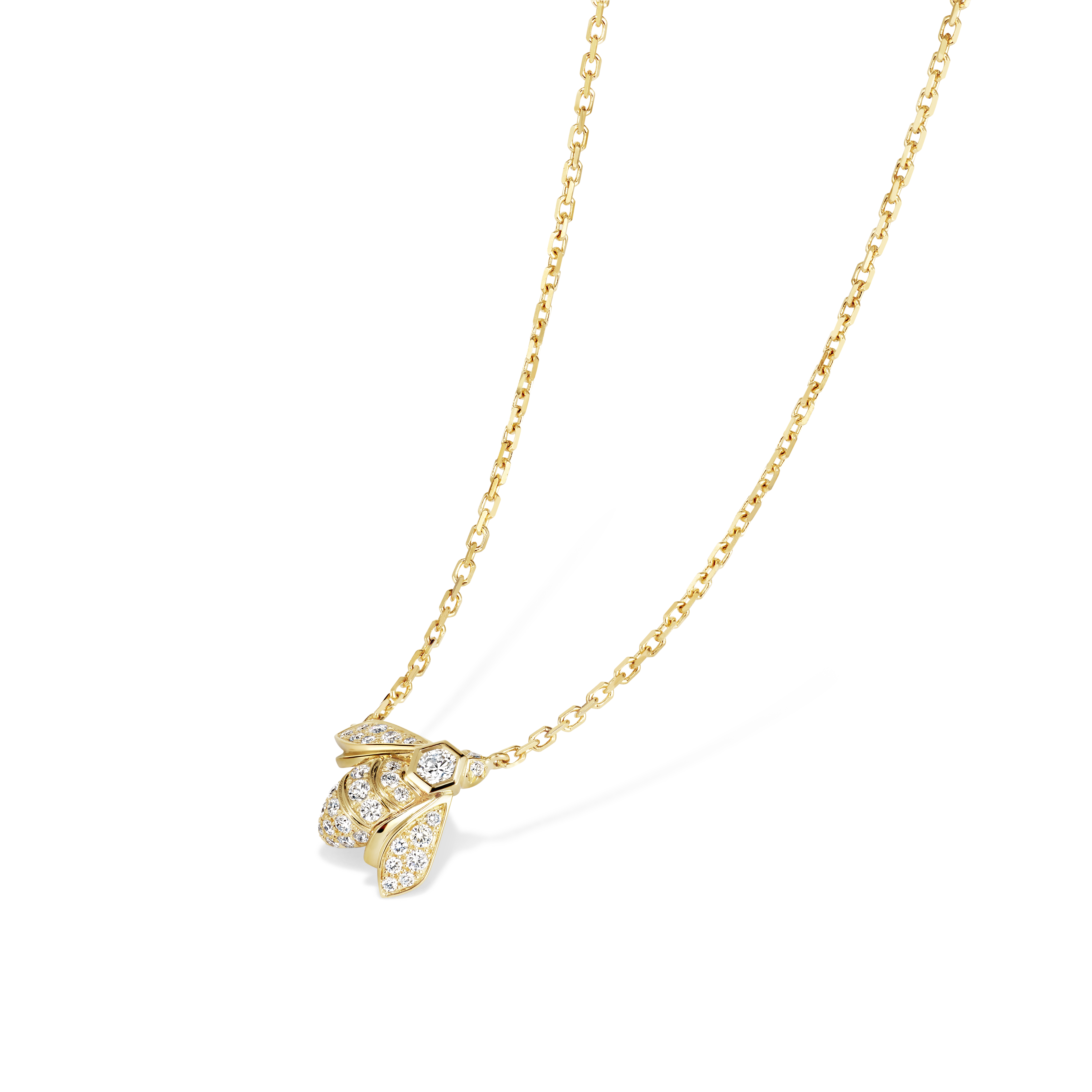
These include Anoona’s gold circles or softly tactile hard-stone discs with gemstone centres, which are all based on the moon, a symbol of the eternal feminine; L’Atelier Nawbar’s bold, long-eyelashed diamond and lapis lazuli eye motif, an unserious take on the evil eye and Nada Ghazal’s carved gold door motifs that symbolise new opportunity and the architecture of her native Beirut — as Lebanese brands, both she and Nawbar understand a craving for luck and protection. Even modern corporate symbols reflect such concerns. The gems for Chanel’s 1932 collection were loaned by De Beers, but in 2005 the diamond company invented its own symbol.
The Talisman collection was based on natural, rough diamonds in earthy shades long regarded as inferior to faceted brilliants but now prized for their individuality and their echo of ancient times, when their toughness made them a king’s choice for protection in battle. Set in textured gold, the now bestsellers are mixed with large, faceted gems for high jewellery like the Forces of Nature collection. In 2011, the modern face of Japanese pearl design, Tasaki, launched Balance, a simple line of sizable pearls beneath a golden bar; Creative Director Thakoon Panichgul was inspired by the calming Newton’s Cradle balance balls once found on every CEO’s desk. Another theme to bring solace in unstable times, as talismans become equally ancient and modern.
